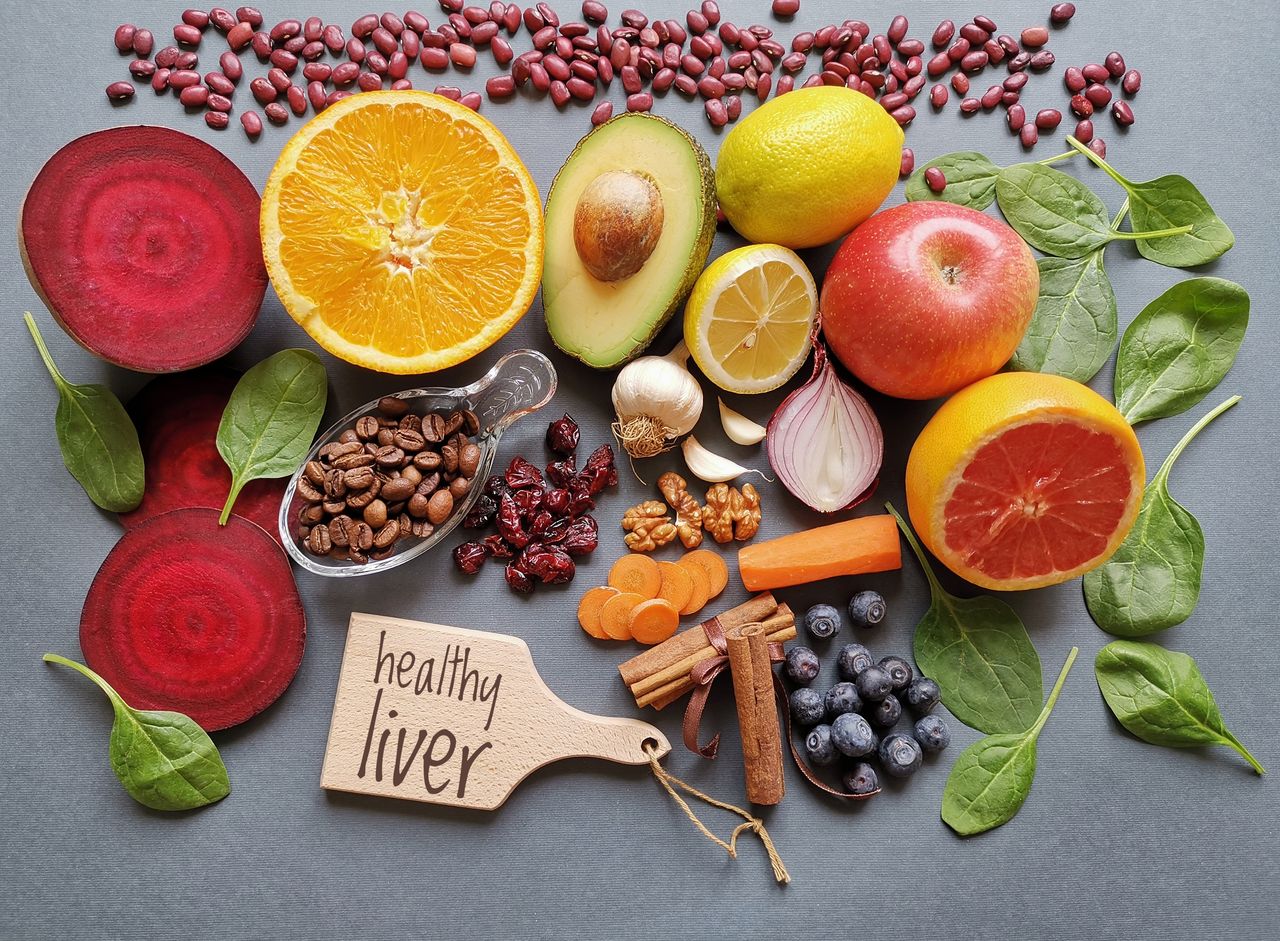What is Marjoram?
Marjoram is a small flowering shrub that is a subspecies of oregano, both being members of the mint family, Lamiaceae. It is a native Mediterranean plant, found in Cyprus and Turkey, although it is grown all over the world now since its popularity as a spice has boomed. It has a sweet, mild taste with notes of citrus and pine. This light floral herb is often used in salad dressings and marinades. Fresh or dried, it does not stand up to heat well during cooking and works better in cold cooking applications. It is not only prized for its flavor, but also for its potential health effects. Here are some marjoram benefits.
Health Benefits
Being a rich source of antioxidants, marjoram is often prescribed for the following:
- Supports digestion
- Stimulates appetite
- Prevents gallstones
- Treats gastric ulcers
- Promotes heart health
- Dilates blood vessels
- Lowers blood pressure
- Improves cardiovascular health
- Reduces anxiety
- Lowers stress
- Improves emotional health
- Treats neurological health
- Cough and cold
- Headache
- Nerve pain
- Muscle pain
- Diabetes
- Menstrual cycle support
- Treat menopause symptoms
- Restores hormone balance
Marjoram Essential Oil Has Unique Benefits, Too
Marjoram oil happens to be popular among aromatherapy enthusiasts, and is known for providing a warm, spicy, woody and camphoraceous scent that can provide a vast array of benefits, such as:
- Analgesic: Helps alleviate pain related to colds, fevers, inflammation and headache.
- Antiseptic: Applying marjoram essential oil on wounds can help prevent them from becoming infected and developing tetanus.
- Antibacterial: Helps kill bacteria that may cause various skin and digestive infections.
- Carminative: Can help solve digestive problems such as flatulence by relaxing the muscles in the abdominal region.
- Diuretic: Can help increase your frequency and quantity of urination, thereby helping improve your ability to eject excess water and harmful toxins from your body.
How to Make Marjoram Essential Oil
Making marjoram oil is a pretty simple process. In Southern France, harvesters allow the plants to fully bloom before they are collected, which is usually done between the months of August and September. Once gathered, the plants are dried for a few days, and then the stems are removed. The flowering tops are then run through a machinery that steam distills them until the essential oil is extracted and packaged.






